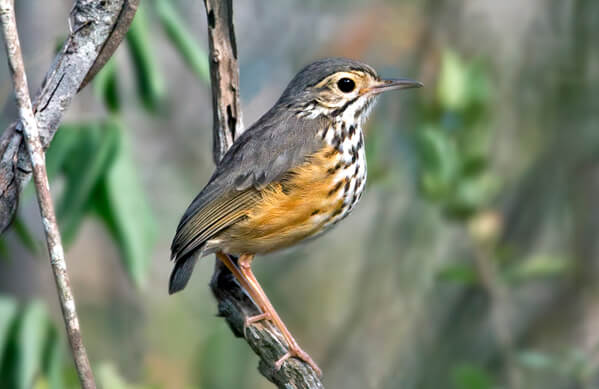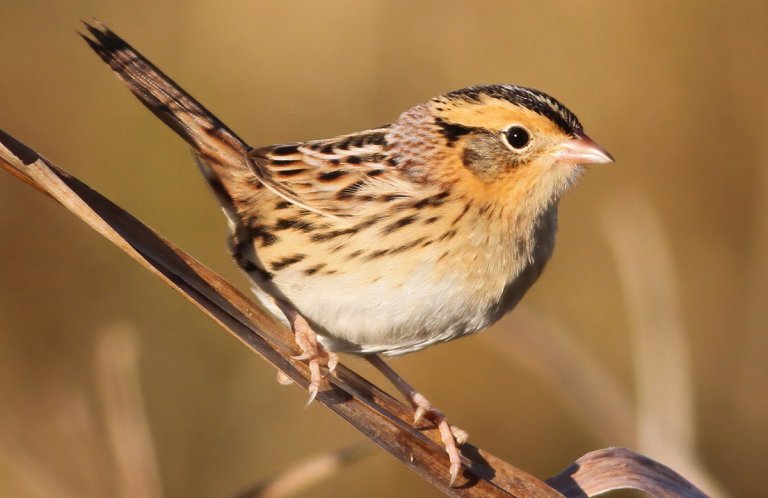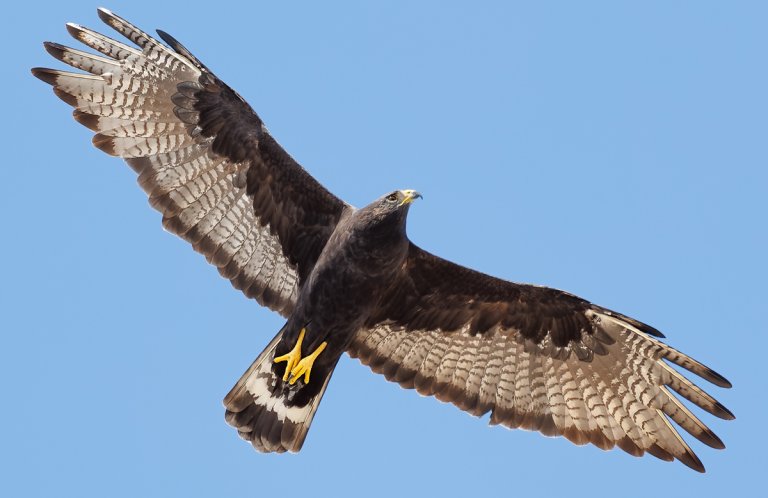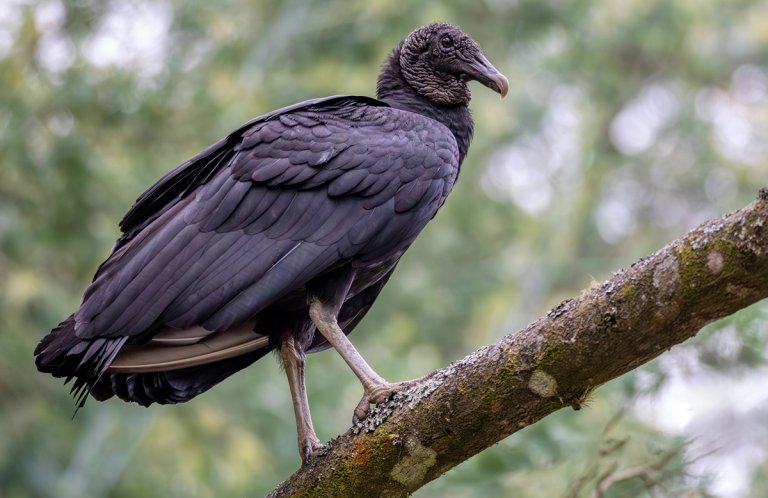 The White-browed Antpitta belongs to a family of 50 or so Central and South American bird species known for their elusiveness. Once thought to be the same species as the Speckle-breasted Antpitta, the White-browed can be differentiated by the white supercilium or "eyebrow" for which it's named.
The White-browed Antpitta belongs to a family of 50 or so Central and South American bird species known for their elusiveness. Once thought to be the same species as the Speckle-breasted Antpitta, the White-browed can be differentiated by the white supercilium or "eyebrow" for which it's named.
Like birds ranging from Stresemann's Bristlefront to Kaempfer's Woodpecker, this Brazilian antpitta is threatened by habitat loss. Although the White-browed Antpitta's population size is unknown, the species is considered rare and declining.
Habits of the White-browed Antpitta
The White-browed Antpitta may be found in semi-deciduous and deciduous woodlands of northeastern Brazil, including caatinga (dry forest) habitat. It forages through the leaf litter and soil on the forest floor, flicking leaves aside in search of insects, worms, and other small invertebrates.
Among the places where the species can be found is the Oasis Araripe Reserve, a protected area established by our Brazilian partner Aquasis with ABC support. This special place is the only home of the rare Araripe Manakin, a stunning species just discovered in 1996.
The White-browed Antpitta prefers dense, viney tangles but fortunately seems to be able to tolerate some second-growth or disturbed habitat. Like most antpittas, it is far more often heard than seen.
Sign up for ABC's eNews to learn how you can help protect birds
Preference for Walking
Like others in its family, including the Jocotoco Antpitta and Ochre-fronted Antpitta, the White-browed Antpitta is long-legged, short-tailed, and large-eyed. All of these adaptations support the bird's terrestrial, forest-dwelling lifestyle.
With short, rounded wings and no keel (the extension of the breastbone where flight muscles attach), this species and other antpittas are poor fliers. They prefer walking to flying.
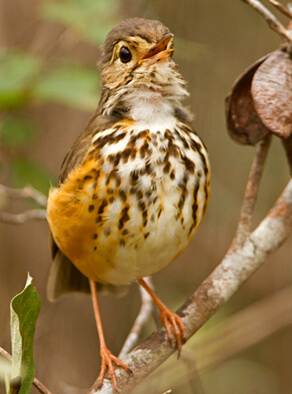
White-browed Antpitta vocalizing. Photo by Ciro Albano
A Solitary Species
The White-browed Antpitta is a solitary species, although members of a pair often feed within earshot of each other. Males and females look alike.
Males give a loud, easily imitated whistle that carries well through dense underbrush as they stake out territory. They often whistle from a low perch with throat feathers fluffed out and head thrown back while rocking from side to side—the distinctive behavior seen in the video above.
Help Save This Species (and Many Others)
ABC is helping our local partner, Aquasis, purchase a 158-acre property in northeastern Brazil to provide additional habitat for the Araripe Manakin, which numbers only about 800 and is listed as an Alliance for Zero Extinction (AZE) species. This habitat determines not only this bird's continued survival but also the quality of life for thousands of people living in this largely impoverished region of northeastern Brazil.
The area shelters the White-browed Antpitta and many other birds, including the rapidly disappearing Silvery-cheeked Antshrike and Caatinga Antshrike. This purchase would double the amount of caatinga habitat under protection in the area.
Want to help? Support the land purchase!
Donate to support ABC's conservation mission!





































